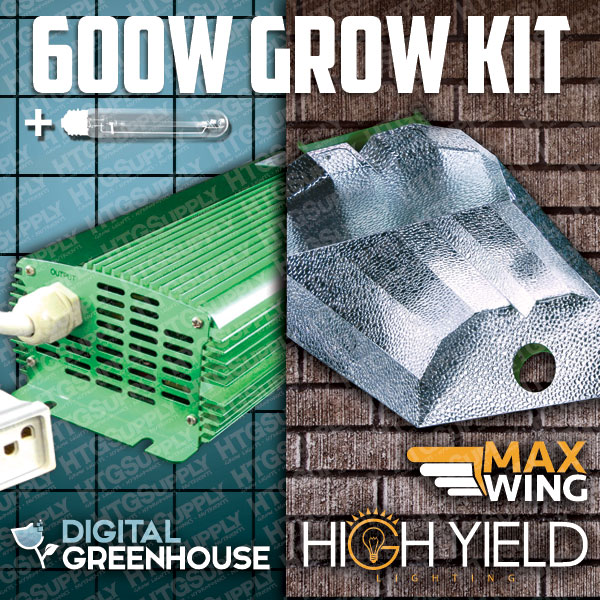
14 to 18 hours of light per day is recommended for most edible species when grown under artificial lighting. Plants grown indoors require more hours of light than those grown outdoors. Aficionados make use of reflectors and all sorts of other grow light accessories to achieve optimum results.
#Home depot grow lights for seedlings install
If your lights bring the temperature above 80 degrees or so in your growing area, install a ventilation system to prevent heat stress. are available for indoor growing, though a standard also works. It is generally wise to plug your lights into a timer to ensure they get the proper amount of light, and that they get it at the same time each day. This is usually accomplished through some sort of pulley system or by hanging the light fixtures with metal chain – that way you can easily adjust the height by changing the link the light fixture is home from. And unless you’re growing something that will remain at more or less the same height throughout its lifespan, you’ll also need a way to raise the light rack as the plants grow. You’ll need a way to support the bulbs over the plants at the proper height. Simply multiply the square footage of your growing area by the number of watts you plan to provide (between 30 and 50) then divide by the number of watts supplied by the bulbs you plan to use. Wattage is always indicated on the bulb package. Most edible plants require at least 30 watts per square foot, but fruiting species (like tomatoes) generally won’t produce abundant high-quality crops without 40 to 50 watts per square foot. But here are a few basic steps to get you started. Installation requirements vary drastically depending on the scope of your indoor garden and the type of bulb used. Unfortunately, each type requires its own fixture. High-pressure sodium (HPS) bulbs are best for flowering (low spectrum), while MH (metal halide) bulbs are required to support vegetative growth (high spectrum) the two types are often used in conjunction. If you want to grow large plants like tomatoes or lemon bushes, HIDs are good bet because the light penetrates farther into the foliage than with other bulbs. All that said, they are very effective and are still widely used. They are extremely powerful, but are expensive to purchase, consume electricity inefficiently, require special light fixtures, and give off a lot of heat. HID Grow Lightsīefore the advent of LED grow lights, were the main option for large indoor plantings. Another advantage of LEDs? They produce very little heat compared to other bulbs – an issue that can become problematic when you have a lot of lights in a small space.

An easy rule of thumb: Fluorescent bulbs are often used when growing just a handful of plants LEDs are preferable for larger quantities since you can achieve higher light intensity per square foot.

LED grow bulbs are capable of much greater light intensity than fluorescent bulbs and are available in full-spectrum form. The average LED bulb from the hardware store is not designed for plant growth, however – you need special, a relatively new technology that is increasingly available from horticultural suppliers. While they are considerably more expensive than fluorescent bulbs, LEDs use half the electricity and last five times longer, more than paying for themselves in the long run. Look for specialized full-spectrum fluorescent grow bulbs (like this, or, which fits into a standard socket) to provide the right balance of light for flowering plants.

Compact fluorescent bulbs (CFLs) are an option for small spaces, or if you don’t like the look of long rectangular fluorescent light fixtures – CFLs will screw into an ordinary incandescent light fixture. , which are narrower in diameter than T12s (but still widely available wherever lightbulbs are sold), have a much higher light intensity, making them suitable as a sole light source for sun-loving plants. They are fairly weak in light intensity, however, and must be placed within a few inches of the foliage to have much of an effect. The standard fluorescent bulb, commonly denoted T12, makes a decent grow light for houseplants, starting seeds, supplementing the natural light of a window, and other situations where lighting needs are modest. PHOTO: By Falcona / Fluorescent Grow Lights Full-spectrum fluorescent lights – either of the tube or standard CFL variety – are a great choice when starting seeds indoors.


 0 kommentar(er)
0 kommentar(er)
